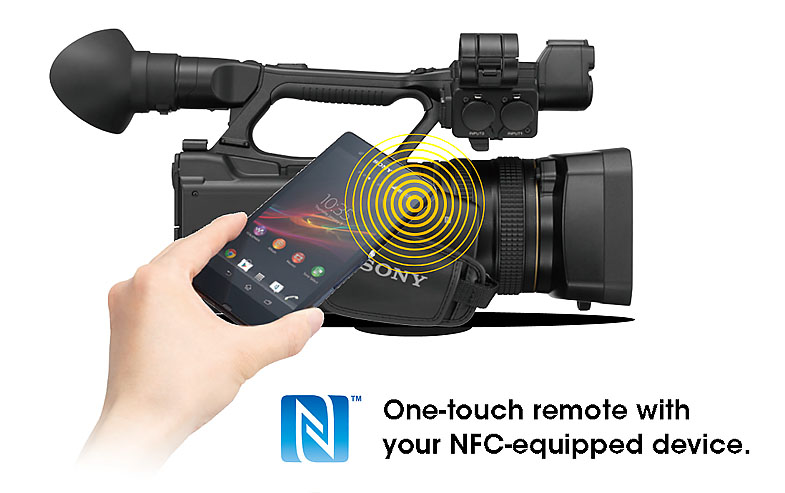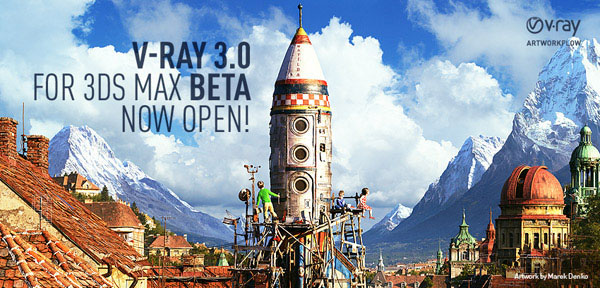
- Search
-
Login
-
0
ComparisonAdd products to compare, then they will appear here and you can compare parameters.
-
0
0 €Nothing in the basket.
News
Press Release
Blackmagic Design announced that Santa Monica-based post production facility Prehistoric Digital graded the music video for Lorde’s new single, “Team,” on DaVinci Resolve 10. The company also used Blackmagic Design’s Teranex 2D video processor to complete a range of standards conversions to get the new music video ready for an international audience.
Lorde’s first single, “Royals,” spent nine weeks at #1 on the Billboard Hot 100 chart, and the international pop phenomenon has just been nominated for several Grammy awards.
The concept for the “Team” video came from a dream Lorde herself had, where teenagers lived in their own world filled with hierarchies and initiations. Directed by Young Replicant and filmed in Brooklyn at the abandoned Red Hook Grain Terminal, the “Team” video features two contrasting looks for the two parts of the story. Above ground, a new arrival to the “team” is lead through urban ruins to face his initiation, with the feel of a winter afternoon. Underground, the initiated teens sit in a dark, tropical, forest like setting.
Kevin Cannon, founder and partner at Prehistoric Digital and colorist on the “Team” video, said that in both cases, he wanted the color grade to preserve the mystery of the story and keep many of the details just visible through the haze.
“The precision of the color tools in DaVinci Resolve helped with treading this line and finding the overall balance,” said Kevin. “Then we used extensive tracking Power Windows to ensure that the right details were either revealed or hidden. The speed and accuracy of the tracker was a huge asset. The addition of unlimited windows per node in DaVinci Resolve 10 helped to keep the complicated sets of shapes to a manageable number of nodes.”
After the video was shot, the staff at Prehistoric used DaVinci Resolve 10 to generate several sets of media. First, they created editorial media with cinematographer Todd Banhazl's specific looks and the anamorphic de-squeeze, or a stretching of the anamorphic signal to the correct aspect ratio, incorporated into one set. Second, they made full 2k resolution versions with the anamorphic de-squeeze in LogC for use on any visual effects that might come up. Once the edit was finished, they conformed in DaVinci Resolve 10, linking back to the Alexa camera originals for the color. According to Kevin, DaVinci Resolve was integral throughout the whole post process.
The video also had a tight turnaround, with final VFX adjustments and editorial changes being made right up to and during the color session. Kevin used many of the new online editing tools in DaVinci Resolve 10 to not only match the editorial changes, but also to make new changes when ideas came up in the color session.
Kevin continued: “Creating high quality retiming effects in DaVinci Resolve 10 is certainly the biggest time saver for us, and was an excellent solution for a series of shots in the motorbike joust climax. We also used new features to work with audio in multiple tracks, generating text for slates and a bit of compositing.”
Along with DaVinci Resolve and Blackmagic Design DeckLink and UltraStudio capture and playback devices, Prehistoric Digital also used Blackmagic Design’s Teranex 2D Processor for standards conversion on the video. The original camera media was shot at 23.98 frames per second, as was the final master. For broadcasting in different markets, the team used the Teranex to create 25 fps and 29.97 fps versions.
About DaVinci Resolve
Blackmagic Design’s DaVinci Resolve is the world’s highest performance on set, editing and color correction solution for Mac OS X, Windows and Linux computers. DaVinci Resolve supports more real time color correction than any other system because it’s not limited by the performance of the computer it’s running on. DaVinci Resolve eliminates this performance barrier because it’s based on a cluster of high performance GPU cards, so all processing is always real time. DaVinci Resolve has the power of a true real time performance solution so handles complex color grades even when using dozens of primaries, secondaries, Power Windows™, multi point tracking, blurs, and more. DaVinci Resolve provides incredible performance in a low cost solution which can be easily upgraded by adding extra GPUs for supercomputer power to handle 4K resolutions, stereoscopic 3D and real time grading direct from raw camera files such as ARRI RAW, RED RAW and Sony RAW files which can be handled with ease.
Press Photography
Product photos of DaVinci Resolve and Teranex 2D are available at www.blackmagicdesign.com/press/images.
About Blackmagic Design
Blackmagic Design creates the world’s highest quality video editing products, digital film cameras, color correctors, video converters, video monitoring, routers, live production switchers, disk recorders, waveform monitors and film restoration software for the feature film, post production and television broadcast industries. Blackmagic Design’s DeckLink capture cards launched a revolution in quality and affordability, while the company’s Emmy™ award winning DaVinci color correction products have dominated the television and film industry since 1984. Blackmagic Design continues ground breaking innovations including stereoscopic 3D and 4K workflows. Founded by world leading post production editors and engineers, Blackmagic Design has offices in the USA, United Kingdom, Japan, Singapore, and Australia. For more information, please check www.blackmagicdesign.com.
The newly introduced HXR-NX3 is a professional SD/HD/MP4 camcorder that features Sony Exmor 3CMOS Sensors for outstanding image quality. Dual media slots allow simultaneous or relay recording in AVCHD 2.0 (1080 50p) format. There's also a Slow & Quick Motion feature that achieves smooth 2x slow motion when recording at 25p, or 50x quick motion recorded at 1 frame per second when recording at 50p. In addition to 20x optical zoom, Clear Image Zoom with Super Resolution Technology provides an extended 40x zoom range with excellent clarity and detail. A built-in LED video light, Wi-Fi/NFC remote control capability, and a 3.5 inch LCD panel for enhanced viewing add to the versatility of this multi-purpose camcorder. Available approx. end of January 2014.
Sony released version 3.0 for the F5, and F55 this Holiday season! With close to 30 new features, this is another big release for Sony's digital motion picture cameras. This update is for F5, F55 and AXS-R5, and includes USER LUT's, and look profiles 3D LUT; Center Scan mode for Super 16mm lenses; New log curve and color gamut (S-Log3/S-Gamut3); XAVC QFHD recording (3840 x 2160); MPEGHD 1280x720p recording; Slow and Quick motion on XAVC 4K, XAVC QFHD and Center Scan mode; User definable clip naming; and AES/EBU audio input. For a complete list of changes, visit this page.
The LightWave 3D Group has released a new update, ChronoSculpt 1.0.1. This update adds support for Linux (specifically CentOS); corrected Alembic loader xpath/xname properties to allow loaded Alembic content to be saved properly in a CS project; reduced CPU usage on the Mac; and more. Log into your account and view the list of Registered Products to download the latest version of the software.
A new V-Ray 3.0 for 3ds Max beta build is now available for download at the Chaos Group Downloads page. The new beta build comes with the much anticipated intuitive Skin shader that makes it easier for artists to create complex, layered skin. The Intel Embree ray caster has also been updated to version 2.0 in the new beta build. Check out the complete list of new features and improvements. The official release of V-Ray 3.0 for 3ds Max is only a few weeks away!

